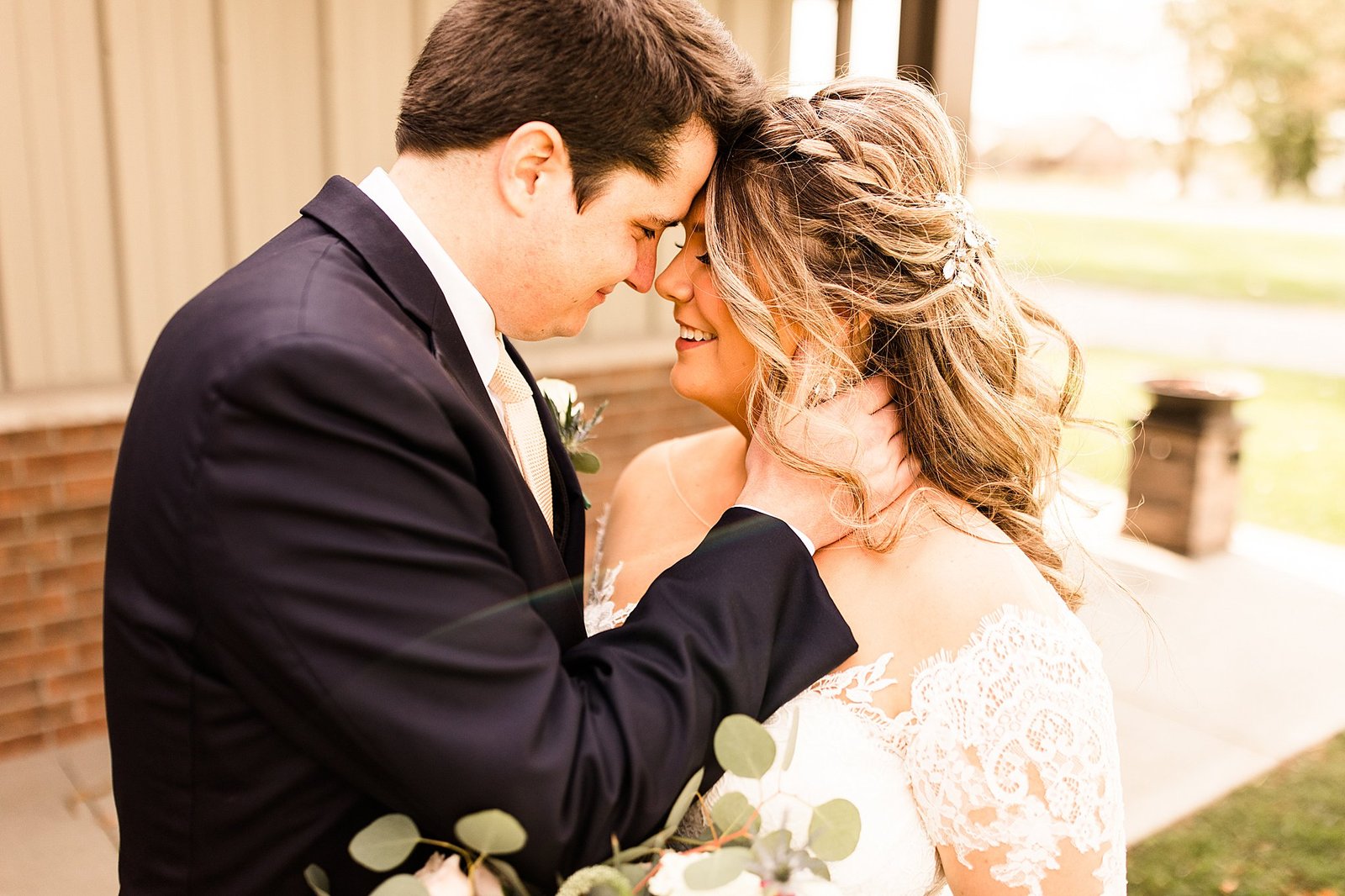Feminine fine art photography is a genre that beautifully captures the essence of femininity through artistic lenses. This form of photography goes beyond traditional representations of women, offering a more nuanced and profound exploration of feminine identity. It encompasses a variety of styles and approaches, reflecting both historical and contemporary perspectives on womanhood. By focusing on artistic expression, this genre elevates the subject matter from mere representation to a form of visual storytelling that can provoke thought and evoke emotions.
In recent years, feminine fine art photography has gained prominence as it challenges conventional norms and presents women in diverse and empowering ways. This genre not only highlights the aesthetic beauty of the female form but also explores deeper themes related to identity, strength, and vulnerability. Through this lens, photographers can create impactful art that resonates with viewers on multiple levels, making it a significant and evolving part of the art world.
What is Feminine Fine Art Photography?
Definition and Explanation
Feminine fine art photography is a specialized area within the broader field of fine art photography that focuses on the representation of women and feminine themes. Unlike commercial or fashion photography, which may prioritize trends or commercial appeal, feminine fine art photography emphasizes artistic expression and conceptual depth. It often seeks to convey a sense of individuality and inner life, using various techniques to create visually compelling and emotionally resonant images.
This genre is characterized by its emphasis on the aesthetics of femininity and the exploration of what it means to be female in different contexts. The images produced can range from abstract and surreal to realistic and intimate, depending on the photographer’s vision and artistic goals. The aim is not just to capture the outward appearance of women but to delve into the emotional and psychological aspects of femininity, offering a richer and more layered perspective.
Historical Context and Evolution
Feminine fine art photography has evolved significantly over time, influenced by changing societal attitudes towards women and gender roles. Early representations of women in art were often limited to traditional roles and stereotypes, reflecting the constraints of their time. However, as the feminist movement gained momentum, there was a shift towards more diverse and empowering portrayals of women in art.
The 20th century saw the emergence of several prominent female photographers who challenged conventional norms and pushed the boundaries of artistic expression. These pioneers used their work to address issues of gender, identity, and empowerment, laying the groundwork for contemporary feminine fine art photography. Today, the genre continues to evolve, incorporating new technologies and perspectives while maintaining its focus on exploring and celebrating femininity.
Key Elements of Feminine Fine Art Photography
Visual Characteristics and Techniques
Feminine fine art photography is distinguished by its use of various visual elements and techniques to create a distinctive aesthetic. One of the key characteristics is the use of soft lighting, which often enhances the gentle and delicate qualities associated with femininity. This lighting can create a dreamy or ethereal atmosphere, adding depth and nuance to the images.
Composition plays a crucial role in feminine fine art photography, with careful attention given to framing, perspective, and color. Photographers may use color palettes that evoke specific emotions or themes, such as pastels for a serene and romantic feel or bold contrasts for a more dramatic effect. Additionally, techniques like selective focus and unusual angles can help to emphasize the subject’s form and expression, contributing to the overall artistic impact.
Common Themes and Subjects
Feminine fine art photography explores a wide range of themes and subjects, each offering a unique perspective on femininity. Common themes include introspection, empowerment, and vulnerability. Photographers often use their work to explore the complexity of female identity, capturing moments of solitude, strength, and tenderness.
Subjects in this genre can vary widely, from portraits and self-portraits to abstract representations of feminine experiences. The use of symbolism and metaphor is also prevalent, allowing photographers to convey deeper meanings and evoke emotional responses. By focusing on these themes and subjects, feminine fine art photography provides a platform for exploring and expressing the multifaceted nature of womanhood.
Famous Feminine Fine Art Photographers
Profiles of Notable Artists
Several prominent photographers have made significant contributions to the field of feminine fine art photography. Among them is Cindy Sherman, whose work is renowned for its exploration of female identity and the roles women play in society. Sherman’s self-portraits, often featuring elaborate costumes and settings, challenge traditional notions of femininity and offer a critical examination of gender roles.
Another influential artist is Sally Mann, known for her evocative and intimate portraits of her family, particularly her daughters. Mann’s work often delves into themes of innocence, adolescence, and the passage of time, providing a poignant and personal perspective on femininity. Her use of traditional photographic processes and her ability to capture raw, emotional moments have made her a significant figure in the genre.
Examples of Their Influential Works
Cindy Sherman’s series “Untitled Film Stills” is a notable example of her impact on feminine fine art photography. In this series, Sherman poses as various female archetypes from film and media, highlighting the artificial nature of these representations and prompting viewers to question societal expectations.
Sally Mann’s “Immediate Family” series is another significant contribution to the genre. This collection of black-and-white photographs captures the intimate and often candid moments of Mann’s children, offering a deeply personal and reflective view of family life and female experience.
The Impact of Feminine Fine Art Photography
Influence on Culture and Society
Feminine fine art photography has had a profound impact on culture and society, challenging conventional views and fostering a deeper understanding of feminine identity. By presenting women in diverse and complex ways, this genre encourages viewers to rethink traditional stereotypes and explore new narratives about gender and identity.
The influence of feminine fine art photography extends beyond the art world, impacting areas such as fashion, media, and popular culture. It has played a role in shaping discussions about representation and empowerment, contributing to broader conversations about gender equality and social change. Through its innovative and thought-provoking approach, feminine fine art photography continues to inspire and provoke meaningful dialogue.
How It Challenges Traditional Views of Femininity
Feminine fine art photography often challenges traditional views of femininity by presenting alternative and unconventional portrayals of women. Instead of adhering to idealized or stereotypical images, this genre embraces a wide range of experiences and perspectives, highlighting the diversity and complexity of female identity.
By pushing the boundaries of traditional representation, feminine fine art photography encourages viewers to question established norms and consider new ways of understanding femininity. This approach can lead to a more inclusive and nuanced appreciation of women’s experiences, fostering greater empathy and understanding across different contexts.
Creating Your Own Feminine Fine Art Photography
Tips and Techniques for Aspiring Photographers
For those interested in creating their own feminine fine art photography, several tips and techniques can help achieve compelling and meaningful results. Start by defining your artistic vision and the themes you want to explore. Whether you’re interested in portraying strength, vulnerability, or introspection, having a clear concept can guide your creative process.
Experiment with different lighting setups, angles, and compositions to find what best suits your vision. Soft, diffused lighting can enhance the delicate qualities often associated with femininity, while creative use of shadows and contrasts can add depth and drama. Additionally, consider incorporating symbolic elements or props to enrich the narrative and visual impact of your images.
Recommended Equipment and Settings
Selecting the right equipment is crucial for achieving high-quality results in feminine fine art photography. A DSLR or mirrorless camera with a range of lenses can provide the flexibility needed to capture different styles and effects. A prime lens with a wide aperture is particularly useful for creating soft, blurred backgrounds and highlighting the subject.
When it comes to settings, consider using a low ISO to minimize noise and maintain image clarity. Experiment with aperture settings to control depth of field and focus on the subject. Additionally, using a tripod can help achieve sharp, well-composed images, especially in low-light conditions or when experimenting with long exposures.
The Future of Feminine Fine Art Photography
Emerging Trends and Developments
The future of feminine fine art photography promises exciting developments as artists continue to explore new technologies and creative approaches. One emerging trend is the integration of digital tools and techniques, such as photo manipulation and mixed media, which offer new possibilities for artistic expression and storytelling.
Another trend is the increasing focus on diverse and inclusive representations of femininity. As societal attitudes continue to evolve, photographers are expanding their explorations to include a broader range of experiences and identities. This shift is likely to result in more varied and dynamic portrayals of women, reflecting the richness and diversity of contemporary life.
Predictions for the Next Decade
Looking ahead, feminine fine art photography is expected to continue pushing boundaries and challenging traditional norms. Advances in technology, such as virtual reality and augmented reality, may offer new ways to engage with and experience photographic art. Additionally, the growing emphasis on intersectionality and diversity is likely to drive more inclusive and representative work in the genre.
As feminine fine art photography evolves, it will likely maintain its focus on exploring and celebrating the complexities of femininity. The genre’s ability to adapt and innovate will ensure its continued relevance and impact in the art world and beyond.
Conclusion
Feminine fine art photography offers a rich and nuanced exploration of femininity, capturing the diverse and multifaceted nature of women’s experiences. Through its artistic approach, this genre challenges traditional views and encourages a deeper understanding of female identity. As it continues to evolve, feminine fine art photography will remain a powerful medium for artistic expression and cultural reflection. Whether you’re an admirer or an aspiring photographer, there is much to appreciate and explore in this dynamic and influential field.



